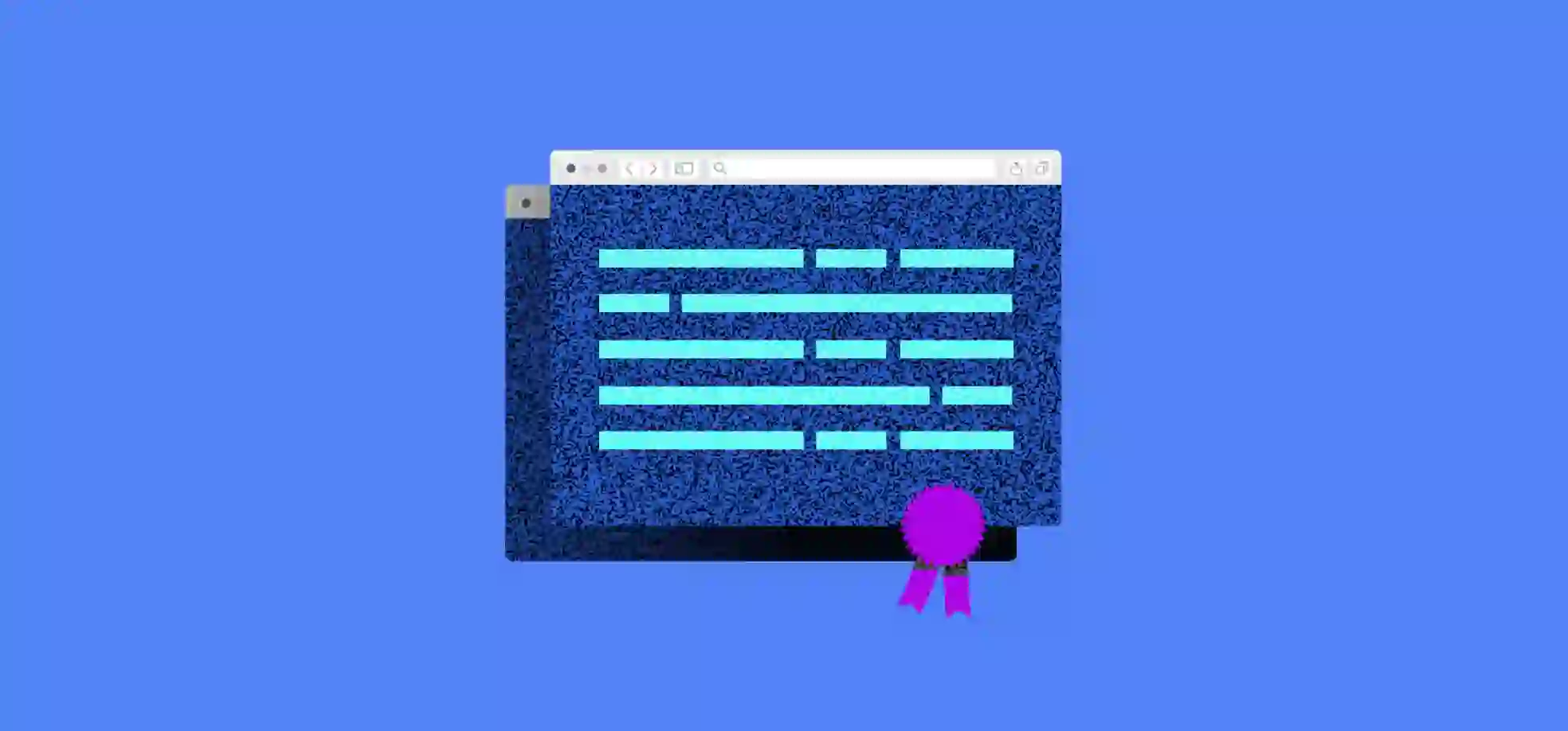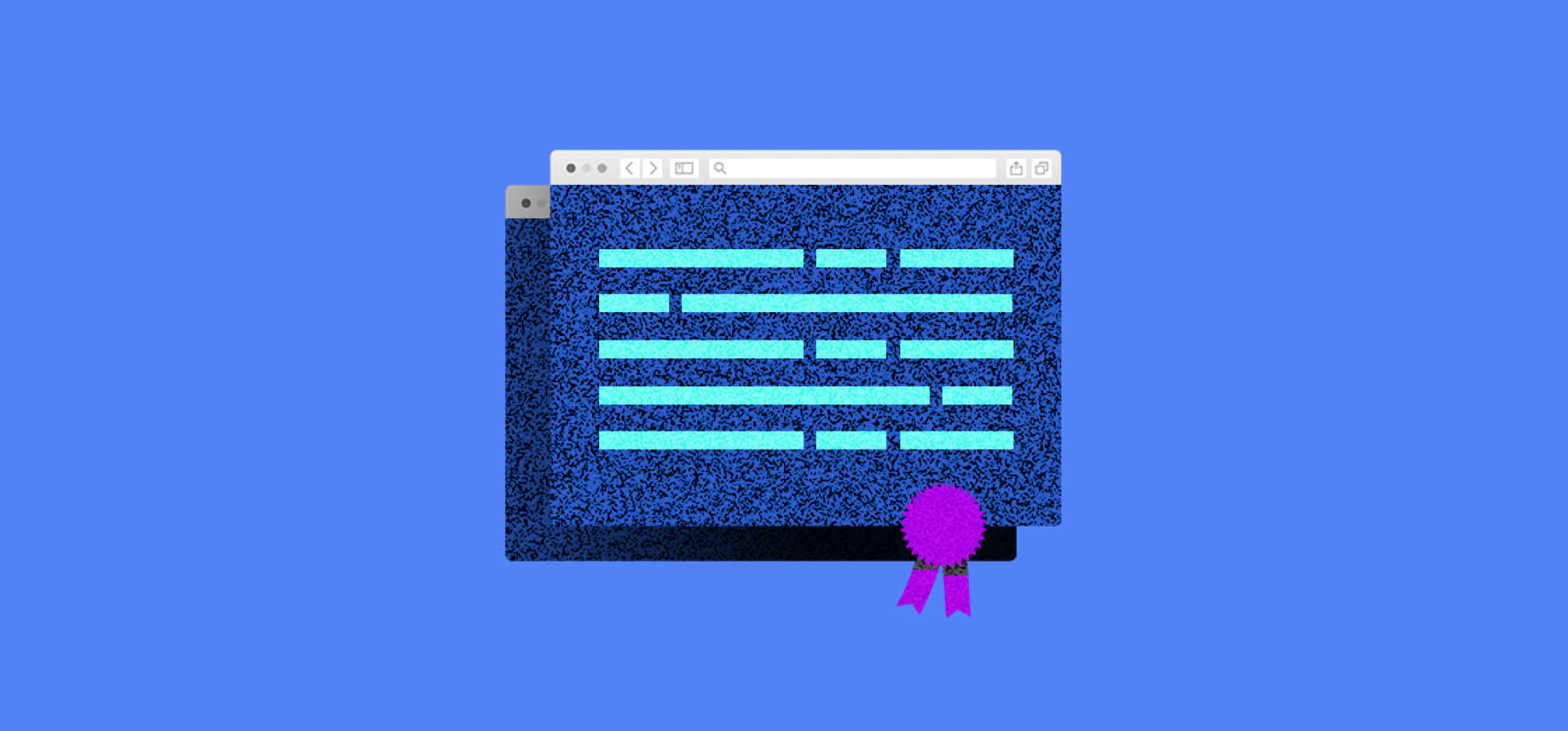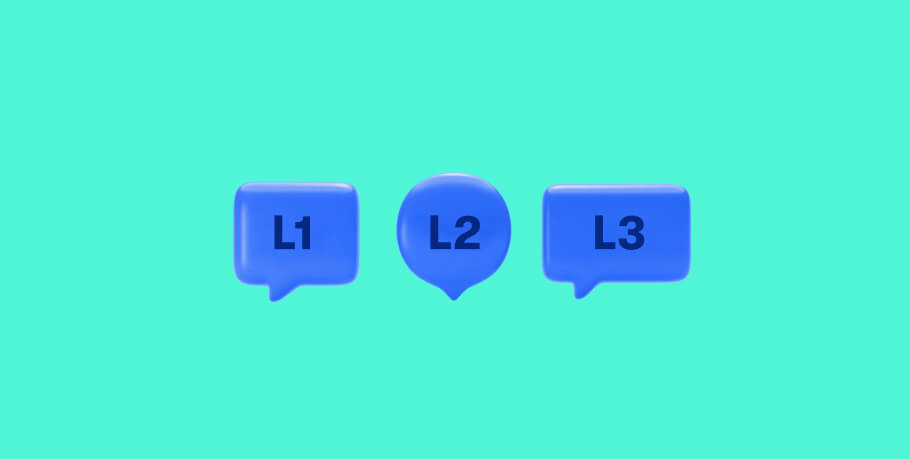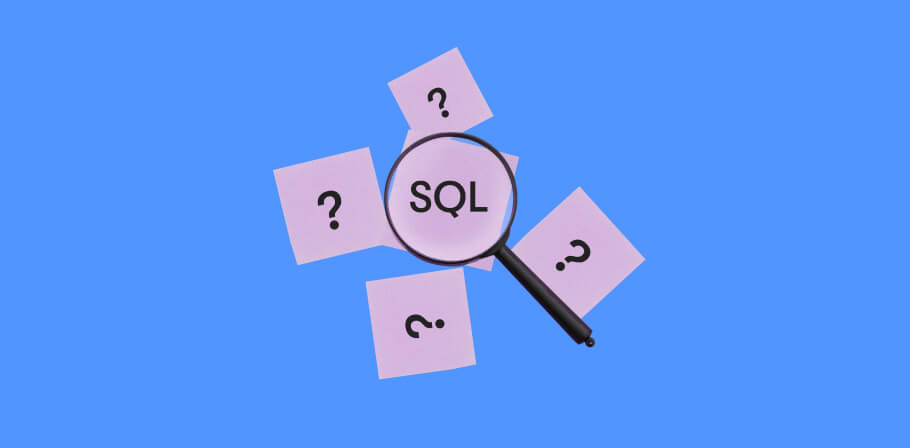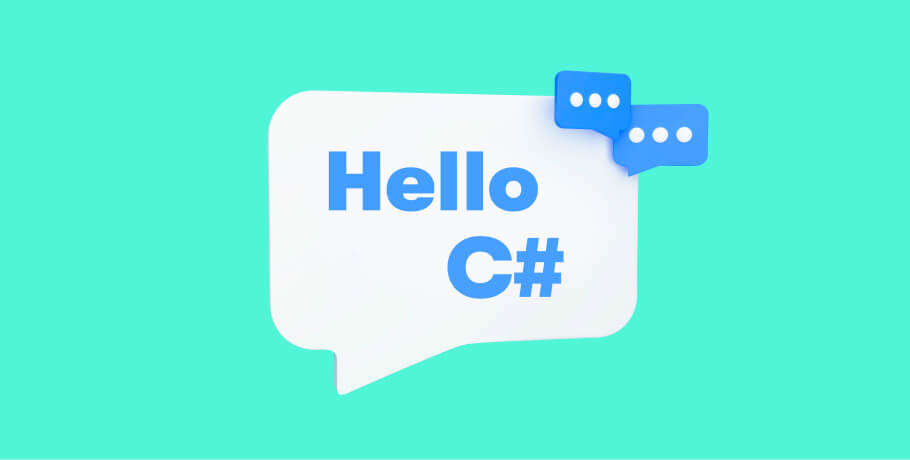What it takes to beсome a demanded developer in 2020? Knowledge of a certain programming language is a big deal. In this post, we'd like to review 10 most popular programming languages based on PYPL and TIOBE ratings.
Reliable programming languages popularity ratings: PYPL and TIOBE
So far, there are two most reliable and trusted ratings that assess and measure programming languages popularity:
- TIOBE Index – this index was created by a namesake company. Fun fact: the TIOBE acronym stands for "The importance of being earnest", Oscar Wilde's play. To calculate the index, its creators take into account the number of queries from popular search engines and platforms like Google, Yahoo!, MSN, Wikipedia, and YouTube. The results are updated once a month.
- PYPL – this index is calculated on the number of Google search queries with tutorials. The logic behind this algorithm is simple: if people are looking for tutorials with a specific programming language, this means that they actively use it.
1. Python
In 2020, Python celebrates its 30th birthday. It was developed by Guido van Rossum, whose aim was to create a programming language with a low entry barrier even for newbies and based on open source, so everyone could contribute to its development and maintain it.
One of the biggest advantages of Python is its readability, so it can be read almost like a plain text. It includes a standard library with a variety of ready-made integrations and extensions for nearly any typical developer's task: from connecting relational databases to deep learning solutions. The language can also boast of exception handling which means that a sudden issue won't break the application's flow.
Python's main fields of application include web application development, machine learning, scripting, game development, and even embedded applications.
Pinterest, Instagram, Spotify, and Reddit are just a few renowned applications built with Python.
2. Java
James Gosling started working on Java in the 1990s, while the official release was in 1995. Java creators intended to create a programming language for TV sets and set-top boxes that later evolved into a universal language for web and mobile applications.
Java relies on several key principles:
- Object-oriented principle (OOP), where everything is built around classes and objects. As a result, it's easier to learn Java from scratch if you already know basic OOP principles.
- Robustness and excellent performance of apps.
- Multithreading. Java applications can perform concurrent tasks without deterioration in the quality of operation.
- Portability across different operating systems
Today, Java is the official programming language of Android mobile apps. LinkedIn, Facebook, and Twitter also have Java in their technology stacks.
3. JavaScript
JavaScript is one of the cornerstones of modern websites along with HTML and CSS. In 2019, it outshined Java in the rating of top programming languages. As much as 73% of developers learn JavaScript in the first place.
JavaScript has a simple, readable syntax, so beginners find it easy to learn, debug, and test later. It's not dependable on any platform, so the code can be run on any device and hardware – the only thing that's needed is a browser that can interpret JavaScript.
This programming language doesn't require a compiler since it doesn't involve any compilation processes.
Other advantages of JavaScript include fast content download on an end-user side, ability to make a web page interactive with visual elements like animations and widgets, and immediate feedback on a client side.
Thanks to its ability for rich interfaces, JavaScript becomes a core technology stack for a handful of websites, mobile apps, and even games. Netflix and a Candy Crush mobile game are the one of the most renowned apps built with JavaScript.
4. C#
C# belongs to a Microsoft's family of C languages. In fact, it was created on the top of C and C++ as a programming language for the development and maintenance of modern applications. In 2020, C# celebrates its 20th anniversary.
Here's what makes C# popular language to learn and use in app development:
- Low entry barrier and simple syntax, especially those who already know the basics of C, C++, and Java
- A cross-platform nature, so applications written in C# run on multiple platforms, including iOS, Android, and Windows.
- An extensive library with ready-made solutions that speed up development and reduce developer's time on research and coding.
- OOP-based language, so it's easier to test and maintain the apps built with C#.
- Enhanced security thanks to a type-safe code.
- A vibrant and large developers community.
C# peaked at the top of most popular programming languages during 2010-2012. This rise was driven by enterprises that widely adopted Microsoft software and were looking for developers that would update and maintain their systems.
As C# was born in the cradle of Microsoft, multiple proprietary programs were developed with this language: Microsoft Visual Studio, Microsoft Installer XML, Microsoft Azure, and more. However, stand-alone web applications like Stack Overflow and FlashDevelop.
5. C++
C++ was introduced in 1985 by a Danish programmer Bjarne Stroustrup to broaden and reinforce the capabilities of the C language.
What's in it for developers? First, it's a multi-paradigm language that supports OOP principles, generic programming, and imperative programming.
Second, C++ is a cross-platform language, so the same application can run on multiple operating systems. Finally, it's fully compatible with its predecessor, C.
Most of the Microsoft software products are written with C++. It's a robust, maintainable, well-documented programming language that can boast a lively community and a bunch of free tutorials and workshops for you to learn.
6. PHP
Since its release in 1995, PHP became a part of a technology stack for at least 79% of all web pages. Today, PHP is one of the most prominent and hotly debated programming languages. Some developers rail against PHP's spaghetti code, the abundance of outdated and non-maintained libraries, and security vulnerabilities.
On the other hand, PHP can offer a lot of advantages:
- An MVC framework, so views, models, and controllers are separated from each other. Such architecture helps update and maintain separate blocks without affecting the others.
- A variety of frameworks like Zend, Symphony, and Laravel that offer ready-made solutions for popular developers' tasks.
- A variety of libraries, plugins, and integrations available. However, many of them aren't documented well and no longer maintained – this fact is what PHP often is criticized for.
- Comprehensive documentation of the programming language.
- Improved loading speed, so web pages built with PHP load faster and rank higher on search engines.
Wikipedia, Yahoo, Tumblr, Flickr, Facebook have PHP under the hood. So, a never-ending discussion on whether PHP is dead or not is not relevant. Many websites are updated and maintained with PHP, while the new ones emerge every day.
7. Visual Basic
Didn't expect to find Visual Basic on our rating of most popular programming languages? In 2020, the TIOBE index puts Visual Basic in 6th place while in the PYPL index, Visual Basic could reach only 17th place.
Visual Basic is another language and IDE (integrated development environment) developed by Microsoft. It was developed in 1991 to simplify development for Windows with graphical capabilities. Developers of that time could use their mouse to design the systems – that's how Visual Basic got its name.
Software developers appreciate Visual Basic for its straightforward syntax, rapid application development (RAD) that allows them to create backend-logic and graphic user interfaces quickly, and an exhaustive online help system.
Such Microsoft software products as Microsoft Office Suite (Excel, PowerPoint, Word, Access) are built with Visual Basic. If you're not afraid of legacy applications and dream of a career at Microsoft, learning this language can be a good choice.
8. Swift
Swift is the youngest on our list. It was released in 2014 as a general-purpose, multi-paradigm programming language to replace Objective-C. Apple created Swift to develop applications for MacOS and iOS – quickly and effortlessly. Currently, Swift is one hundred percent compatible with Objective-C. It means that Swift developers can update and add new functionality written in Swift to applications that originally run on Objective C. If you're considering mobile development specifically for Apple products, Swift is your choice!
Swift is open-source, so everyone can contribute to the codebase and use it for free as it's distributed under Apache 2.0 license.
In the programming world, Ruby and Python are the golden standard of code readability. Swift keeps up with them as it has readable and concise syntax. Such simplicity and clarity results in improved security and speed of writing the code.
Expectedly, you can write applications in Swift not only iOS, but for MacOS, watchOS, and Apple tvOS as well.
Being one of the youngest programming languages, Swift has already gained popularity among businesses that rewrite or update their iOS apps. For example, Lyft, a ride-sharing company, rewritten their app to improve capabilities for maintenance and speed of coding.
VSCO Cam, LinkedIn, KhanAcademy, and Strava are just a few apps built with Swift.
9. TypeScript
TypeScript is only two years older than Swift as it was released in 2012 by Microsoft. The creators pursued the goal to extend the capabilities of JavaScript. As a result, their syntax is so similar that TypeScript is often called the superset of JavaScrit.
Naturally, TypeScript is compatible with JavaScript libraries and API documentation. It also can be compiled with JavaScript and converted into a JS code.
A few essential characteristics of TypeScript include:
- It can be used for large, complex projects while JavaScript's capabilities are suitable for small projects.
- It's an object-oriented language.
- It supports modules and static typing.
- TypeScript has an interface.
Slack, AirBnB, and Google are one of the tech companies that migrated to TypeScript since its release.
10. R
R appeared in 1993 as a better version of S language. No wonder that the language with such a laconic name has a similar syntax and features.
First things first, R is an open-source language, so programmers can use the code to build their own solutions. The language is cross-platform and applications written in R can be run on practically any operating system: from web applications to even game consoles. Open source origin contributes to the fact that the language is frequently updated, new features are released, and bugs are fixed.
This language is mainly used for data analysis and statistical modeling, so it includes several benefits:
- Graphing capabilities and libraries that help with building graphs.
- Machine learning capabilities
- Packages for multiple tasks: from statistics simulation to reports generation.
If you feel like working with complex mathematical tasks and statistical analysis, you have enough of gray matter for R.
To recap
This year, other popular languages like Ruby, SQL, and Scala didn't make it to our best programming languages rating. However, it doesn't mean that they're totally out of use these days. You can also discover which programming language is the easiest to learn. Every language was created to solve a certain task and there will always be a demand for software engineers with knowledge of the specific language. We hope our article was helpful to you, thanks for reading!

As Chief Editor, Darya works with our top technical and career experts at EPAM Anywhere to share their insights with our global audience. With 12+ years in digital communications, she’s happy to help job seekers make the best of remote work opportunities and build a fulfilling career in tech.
As Chief Editor, Darya works with our top technical and career experts at EPAM Anywhere to share their insights with our global audience. With 12+ years in digital communications, she’s happy to help job seekers make the best of remote work opportunities and build a fulfilling career in tech.
Explore our Editorial Policy to learn more about our standards for content creation.
read more